Minke Whale Facts
- Firstly, its very size ranks as the most noteworthy fact about the Minke Whale. Only the pygmy right whale attains a smaller average length. The genus also exhibits moderate sexual dimorphism, with the females being larger than the males.
- While the IUCN does list it on their Red List of Threatened Species, this ocean denizen holds the status of Least Concern. That’s because current estimates place their global numbers in excess of 500,000 individuals.
- While originally ignored by most whalers, in favor of larger prey, it became a target beginning in the 1930s as a result of the overhunting of larger whales. Then the moratorium on whaling was luckily established in 1986.
- While the majority of countries have honored the moratorium, a few have ignored it. These countries include Japan, Norway, Iceland, and South Korea. Estimates place the number of Minke Whales illegally hunted annually at more than 2,000 individuals.
Related Articles
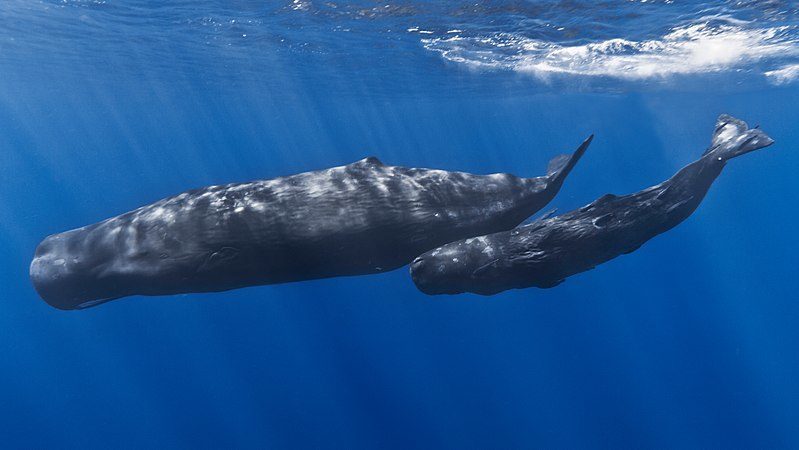
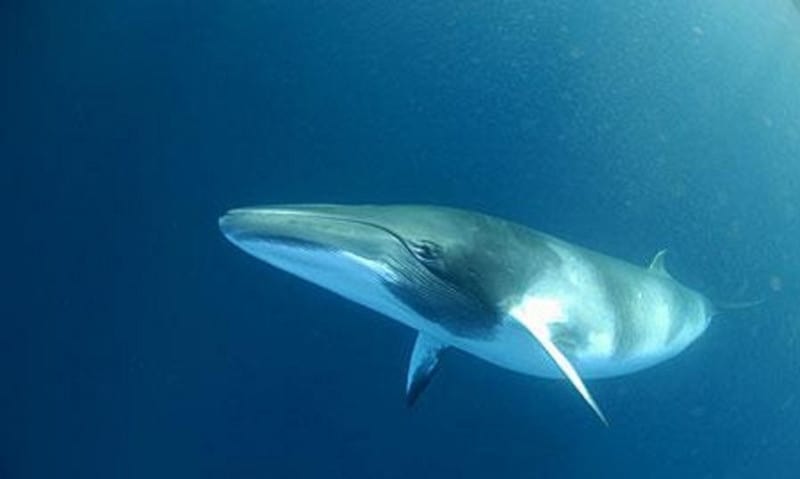
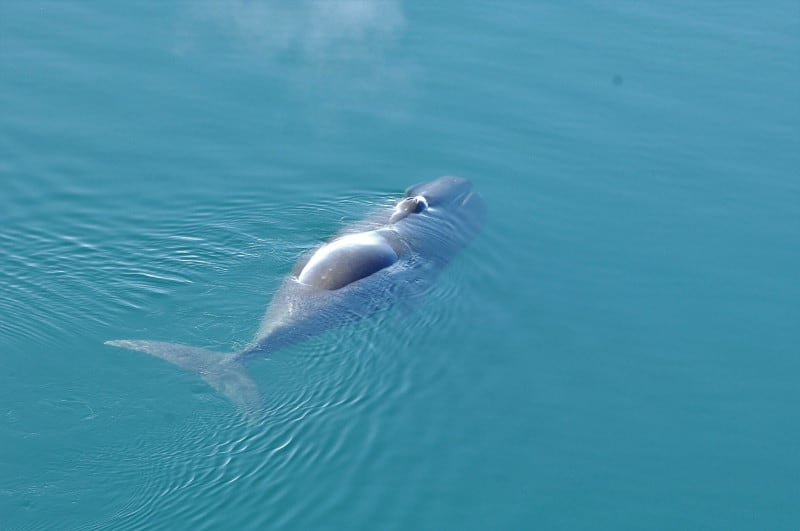
Minke Whale Physical Description
While the Minke Whale does exhibit sexual dimorphism, both genders remain smaller than most other whales.
Females reach an average length of 26 ft (8m). Exceptional individuals sometimes reach 35 ft (10.7 m) in length.
The smaller males typically reach 23 ft (6.9 m) in length, yet sometimes reach 32 ft (9.8 m) in length.
Both genders usually weigh around 5 tons, yet may weigh as much as 11 tons. Their coloring typically displays as either primarily gray, black, with shades of dark purple.
The genus actually holds 2 distinct species, the Common Minke Whale and the Antarctic Minke Whale.
A white streak on the flippers of the Common Minke Whale ranks as the only real visual difference between them.
- Kingdom: Animalia
- Phylum: Chordata
- Class: Mammalia
- Order: Cetacea
- Family: Balaenopteridae
- Genus: Balaenoptera
Minke Whale Distribution, Habitat, and Ecology
As a genus, the fascinating Minke Whale has a truly global range and thus inhabits oceans all around the world. It typically prefers moderate waters, though, and thus remains less common in tropical waters. In such regions, it generally inhabits coastal regions and even inshore waters.
The species also tends to migrate to warmer waters in winter, and cooler regions in the summer. The mammal generally either leads a solitary life or pairs with a mate. Breeding typically occurs during the summer, and gestation takes 10 months.
Like all baleen whales, it feeds as a filter feeder, filtering prey through its baleen plates. Its principal prey consists of fish and small invertebrates.
A typical lifespan lasts for 30-50 years, yet exceptional individuals have reached 60 years of age.
Individuals also have a highly active personality and love to bow ride, and even to follow along beside boats.
Species Sharing Its Range
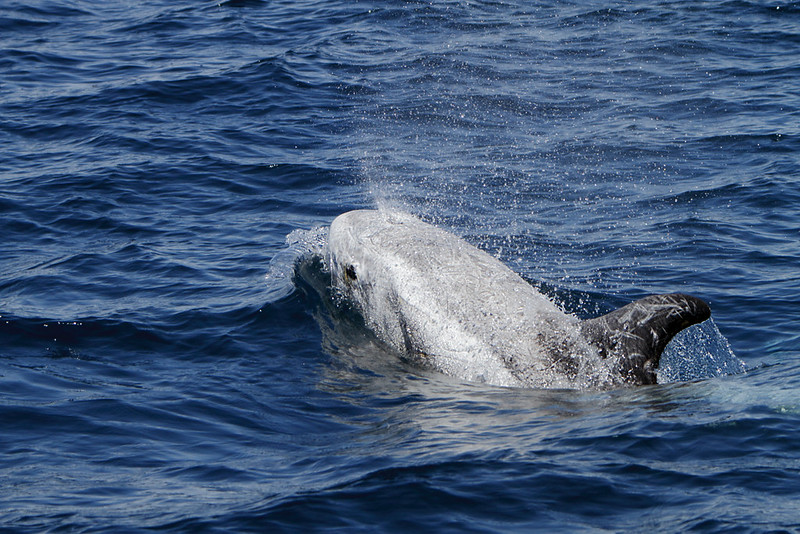
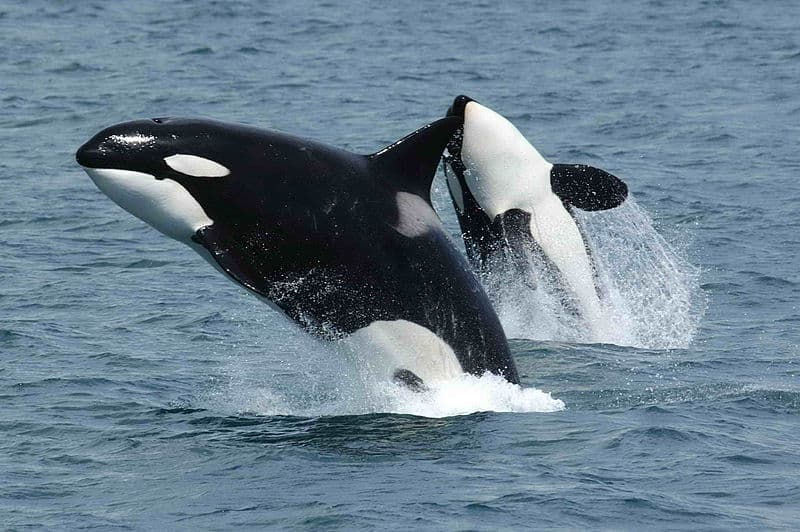
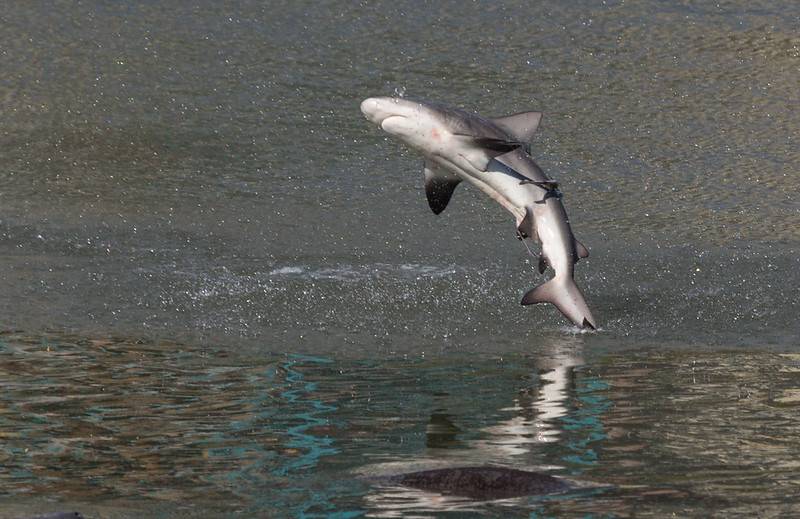
Check out our other articles on 5 Remarkable Bolivian Herbaceous Plants, Clouded Leopard, Perito Moreno Glacier, Black Witches’ Butter, Texas Blind Salamander, Mangrove Monitor
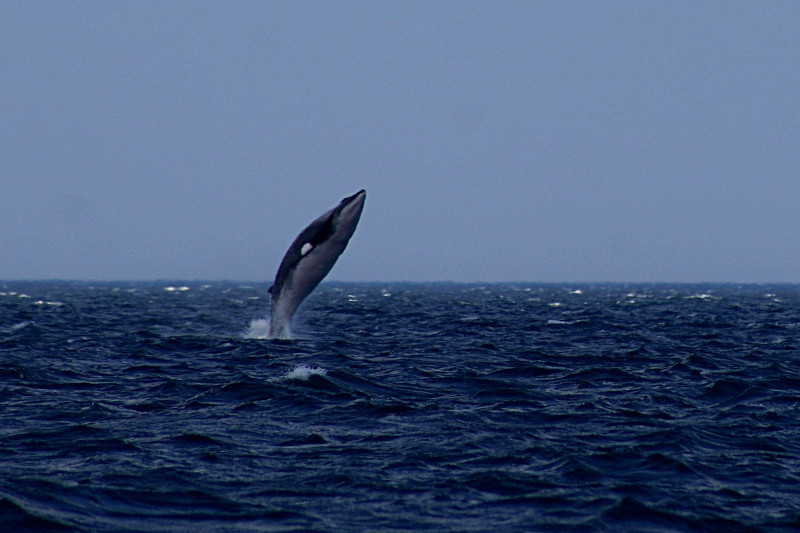
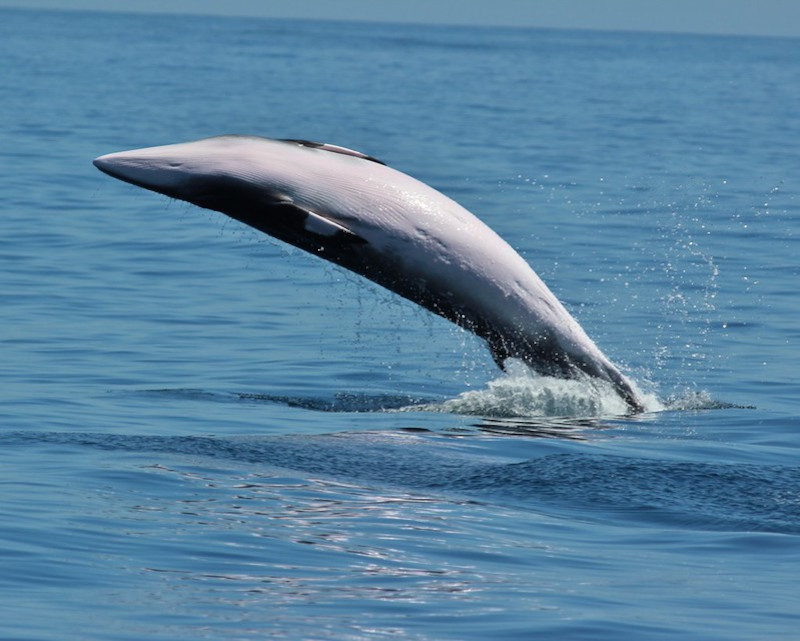
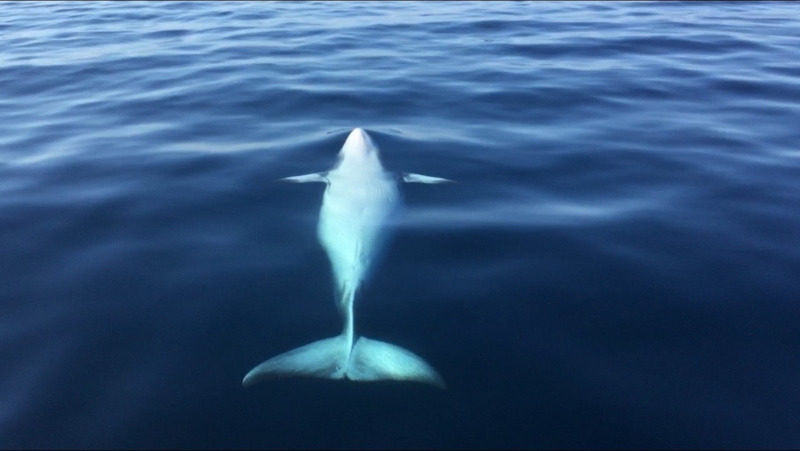









Leave a Reply